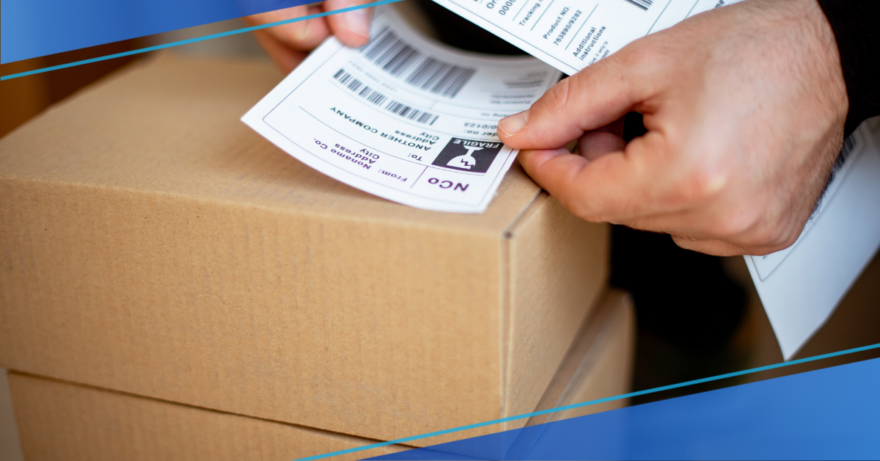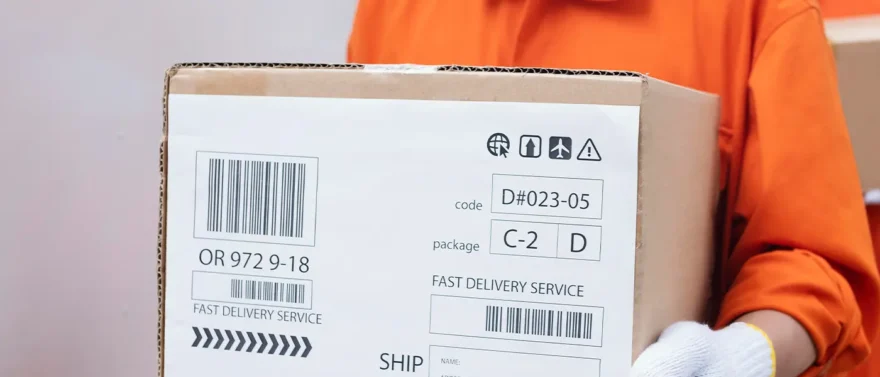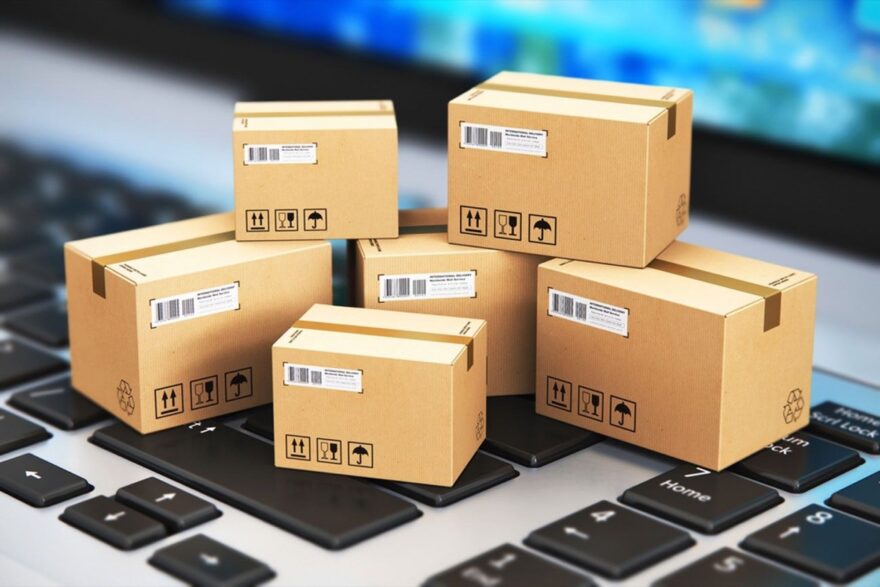Shipping and packing supplies may not be the most glamorous aspect of running a small business, but they are undeniably crucial. In the world of e-commerce and small-scale entrepreneurship, the way you package and ship your products can make or break your customer’s experience. The right supplies can ensure your products arrive in pristine condition, on time, and with your brand’s integrity intact.
The Importance of Shipping and Packing Supplies

Before we dive into the specifics, let’s take a moment to understand why shipping and packing supplies are so essential for small businesses. In today’s competitive marketplace, customer expectations are higher than ever. They expect not only quality products but also a seamless purchasing experience, from the moment they place an order to when they receive it at their doorstep.
Imagine ordering a delicate piece of art online, only to receive it in a battered box with insufficient protective packaging. Your first impression of the business is tainted, and you may think twice before making another purchase from them. On the other hand, receiving a well-packaged product that arrives intact and on time can leave a lasting positive impression and encourage repeat business and referrals.
Types of Shipping Supplies
To start, let’s explore the fundamental types of shipping supplies that every small business should consider.
Boxes
Boxes come in various shapes and sizes, making them a versatile option for shipping a wide range of products. Cardboard boxes are the most common choice due to their durability and affordability.
Envelopes
Envelopes are ideal for smaller items like documents, photographs, or clothing. They are available in different materials, such as paper and bubble mailers, which provide additional cushioning for delicate items.
Labels

Labels are essential for addressing packages accurately and professionally. Invest in high-quality labels that won’t smudge or fade during transit. Consider using adhesive labels or label printers for efficiency. MUNBYN supplies various shipping labels for seamless and stress-free transportation, and you can check them here: https://ca.munbyn.com/products/4×6-fanfold-shipping-labels.
Packing Materials
Packing materials like bubble wrap, foam peanuts, and packing paper are crucial for protecting fragile items. Choose the right type and amount of packing material to ensure your products are well-preserved during shipping.
Consider Your Products
When selecting shipping and packing supplies, it’s vital to consider the nature of your products. Are you shipping fragile glassware, clothing, electronics, or perishable goods? Different products require different levels of protection and packaging.
For delicate items, invest in sturdy boxes with ample cushioning, such as bubble wrap or foam inserts. Clothing may benefit from poly mailers, which are lightweight and moisture-resistant.
Sizing Matters

One common mistake in small businesses is using oversized packaging for smaller products. Not only does this increase shipping costs, but it also creates unnecessary waste. It’s crucial to select the right-sized boxes and packaging materials to minimize shipping expenses and reduce your environmental footprint.
Choose packaging that fits your products snugly, allowing minimal movement during transit. This not only reduces the risk of damage but also ensures efficient use of space, potentially lowering your shipping costs.
Quality vs. Cost
Balancing quality and cost is a perennial challenge for small business owners. While it’s tempting to cut costs by opting for the cheapest shipping supplies available, this approach can backfire if it compromises the safety of your products or damages your brand’s reputation.
Invest in quality packaging materials, especially for products that require extra protection. High-quality supplies may cost more upfront, but they can save you money in the long run by reducing the likelihood of returns and customer complaints.
Eco-Friendly Options
In today’s environmentally conscious world, many consumers appreciate businesses that prioritize sustainability. Fortunately, there are eco-friendly packaging choices available for businesses looking to reduce their environmental impact.
Consider using recyclable or biodegradable packaging materials. Additionally, you can explore options like recycled cardboard boxes or reusable packaging that encourages customers to recycle or return the packaging for reuse.
Customization
Customized packaging is an excellent way to differentiate your brand and create a memorable unboxing experience for customers. When your packaging stands out, it not only reinforces your brand identity but also leaves a lasting impression on the recipient.
Customization can range from branded boxes and tape to personalized thank-you notes or stickers. Think about how you can incorporate your brand’s colors, logo, and messaging into your packaging to make it unique and memorable.
Shipping Labels and Documentation

Proper labeling and documentation are non-negotiable when it comes to shipping. They ensure that your packages reach their intended destinations without delays or complications. Here’s why they matter:
Accuracy: Accurate labels with the correct shipping address and contact information are essential to avoid delivery errors.
Compliance: Different products may require specific labels or documentation to meet regulatory and safety standards.
Tracking: Many customers expect real-time tracking information for their orders. Proper labeling allows for efficient tracking and keeps customers informed.
Legal Requirements: International shipments often involve customs documentation and declarations. Failing to provide the necessary paperwork can result in delays or even rejected shipments.
Storage and Organization
Efficiently storing and organizing your packing supplies is often overlooked but can significantly impact your business’s productivity. Disorganized storage can lead to wasted time, frustration, and potential damage to your supplies.
Consider these tips for effective storage and organization:
Shelving: Invest in sturdy shelves to store boxes, packing materials, and labels. Keep frequently used items within easy reach.
Containers: Use clear plastic bins or containers to store smaller items like packing tape, scissors, and labels. This keeps them organized and visible.
Inventory Management: Keep track of your supply inventory to ensure you never run out of essential items. Use a system to reorder supplies when they reach a predetermined level.
Labeling: Label storage containers and shelves to locate the supplies you need quickly.
Where to Buy Supplies

Now that you understand the types of shipping and packing supplies, how to choose the right ones and their importance, it’s essential to know where and how to source these supplies efficiently.
Online Retailers: Many online retailers specialize in shipping and packing supplies, offering a wide range of options and competitive prices. Some popular options include Amazon, ULINE, Staples, and MUNBYN.
Local Suppliers: Explore local office supply stores, packaging suppliers, or wholesalers. Buying locally can sometimes save on shipping costs and allow for faster delivery.
Wholesale Clubs: Consider joining wholesale clubs like Costco or Sam’s Club, which often offer bulk quantities of packing supplies at discounted prices.
Eco-Friendly Suppliers: If sustainability is a priority for your business, seek out suppliers that specialize in eco-friendly packaging materials.
Custom Printing Companies: For customized packaging, work with companies that offer custom printing services for boxes, tape, and labels.
Conclusion
In the world of small business, attention to detail can make all the difference. Shipping and packing supplies may seem like a minor aspect of your operations, but they have a significant impact on customer satisfaction, brand reputation, and cost management.
Related Posts:
- 20 Best Gaming Headset Under 50$ 2024 - for PC, PS4,…
- 15 Best Shoes for Jumping Rope 2024 - Maintain a…
- 15 Best Shoes for Walking on Concrete 2024 - Soft &…
- 12 Best Car Wax For Black Cars 2024 - Protection and…
- Top 16 Best Office Chair Covers 2024 - Chair…
- Top 10 Best Outdoor Basketball Shoes 2024 - Durable…







